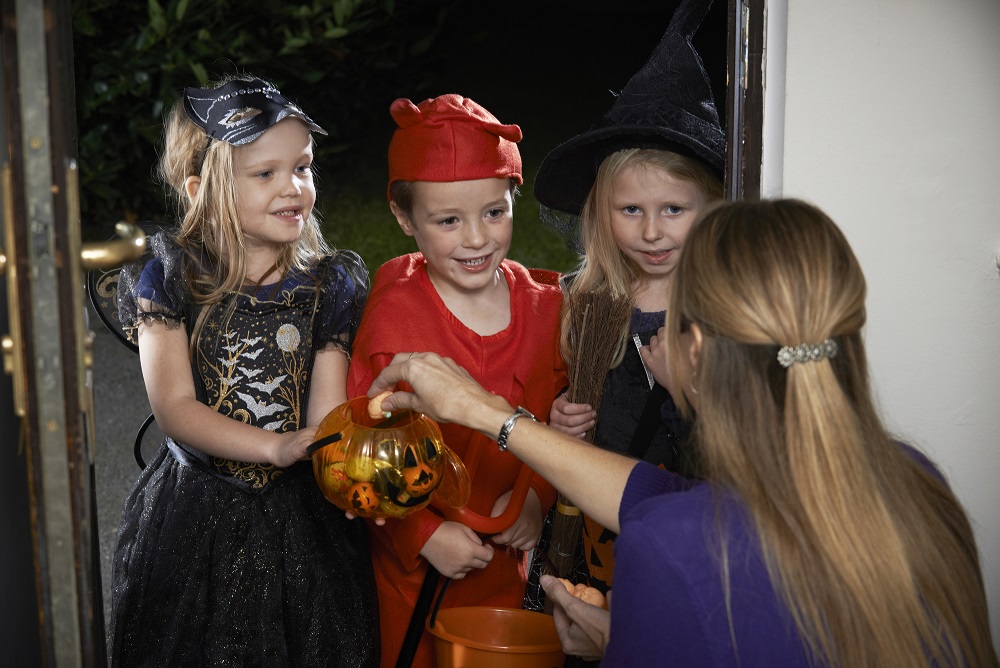The History of Trick or Treating In America
Did you know baby boomers were the first American generation to modernize and popularize trick or treating? Not only are boomers responsible for defining modern trick or treating, but they are also the first generation to include individuals who have trick or treated as children, parents – and for some, even grandparents.

Photo Deposit | Deposit Photos | @ Highway Starz
While the true timeline of trick or treating is murky at best (Halloween is actually an ancient Celtic celebration), we do know that trick or treating existed in America as far back as the 1920s and 1930s. The earliest known reference to “trick or treat” in the New World is from a November 4, 1927 edition of the Alberta Canada Herald:
“Hallowe’en provided an opportunity for real strenuous fun. No real damage was done except to the temper of some who had to hunt for wagon wheels, gates, wagons, barrels, etc., much of which decorated the front street. The youthful tormentors were at back door and front demanding edible plunder by the word “trick or treat” to which the inmates gladly responded and sent the robbers away rejoicing”
But there was a problem — sugar is expensive, and wasn’t always as prevalent as it is today. During the economic recession of the Great Depression, confectionary treats weren’t viable nor accessible to most American households. Sugary treats were equally as hard to come by when the United States became involved in World War II and sugar became a rationed good across the country.
Trick or treating wasn’t a cultural phenomenon until the early 1950s, thanks to popular culture of the era. In 1951, trick or treating was the backdrop for a Charles Shultz “Peanuts” comic strip. A year later in 1952, Disney released a cartoon featuring Donald Duck and his three nephews titled “Trick or Treat.”
Enter the peak years of the baby boom and America’s economic heyday. Big candy companies, quickly realizing the potential of a national holiday celebrating candy, capitalized on the phenomenon by launching marketing campaigns that revolved around the idea of children dressing up in costumes and collecting candy from the neighborhood.
Fifty years later, and thanks to the Baby Boomer generation, trick or treat has become foundationally cemented in American tradition.